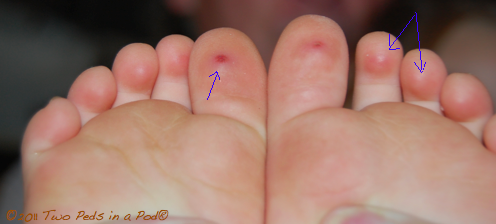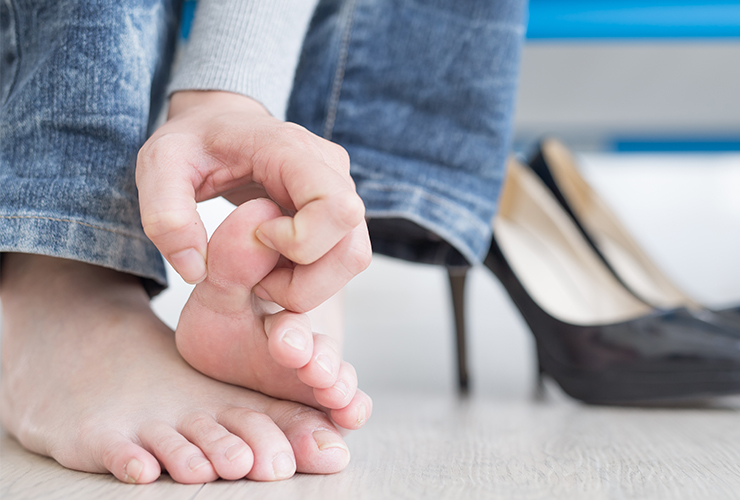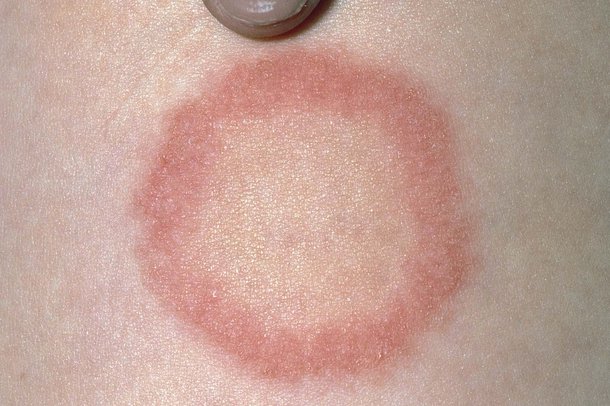
You should never try to remove or treat a foot callus on your own. Treating a callus generally means removing it. Your doctor may also want to take a look at your shoes to ensure that they fit properly. Questions are usually asked about your medical history, symptoms, and daily activities. If the case is more severe, an x-ray may be needed to help the doctor find any abnormalities in the foot’s structure that may be causing the problem. How Are Calluses on Feet Diagnosed?Ĭalluses can usually be diagnosed with a simple physical examination. If you develop a fever and your callus has become infected, do not wait to contact your doctor. Untreated calluses, whether you are diabetic or not, can turn into foot ulcers. If you are diabetic, you should talk with your doctor at the first sign of changes on your skin. Many people try to remove calluses on their own by cutting them off with a knife or razor blade, but doing this can cause further damage that can lead to infection, requiring a visit to your podiatrist.
#Round red prot on foot how to#
Your podiatrist can help you understand how to prevent the calluses from forming and can treat the callus or remove it for you. It is generally not necessary to see a doctor, but seeing a podiatrist about a callus isn’t a bad idea. In most cases, calluses are painless but unattractive.
#Round red prot on foot skin#

Improper socks that have a tendency to bunch up at the toes and cause friction.

Improper footwear, especially shoes that are too small, tight fitting, or narrow-toed, such as high heels.The friction and pressure can have a number of causes, including: If a foot callus becomes worse, symptoms may include:Ĭalluses are caused by constant friction and pressure applied to the foot. Remember, calluses are generally not painful or bothersome, but if proper treatment steps are not taken, the callus can become infected, which may lead to additional symptoms. Discoloration of thickened skin could be red, brown, or yellow-gray.Thickening of skin, especially over a bony spot that doesn’t have distinct borders, but may be oval in shape.If you suspect a callus is developing, look for symptoms such as: What Are The Symptoms of Calluses on Feet I Should Know About?

This is a painful problem for anyone to have, but it is a more serious problem for people with diabetes. These extremely painful lesions develop under the skin and can make it difficult to walk, stand, or even wear shoes.

When foot calluses have deep-seated cores, the condition is known as porokeratomas. Calluses on feet that are left untreated can lead to additional problems such as nucleated skin lesions. Unfortunately, some people are prone to calluses because they have less cushioning tissue between the bones and skin of their feet. It may be slightly elevated, or it may have a smooth surface. The callus may be oval or elongated, and gray or brown in color. Still, it is not uncommon for this to happen to the other metatarsals, or for more than one callus to form at a time.Ī foot callus can be ugly and embarrassing for some, but it’s important to remember that the formation of calluses is part of the body’s defense system. The second metatarsal bones in the feet bear most of our body weight, and calluses commonly form under the second metatarsal for this reason. Calluses also commonly develop on the hands and fingers.įor example, a musician who has played the guitar for many years usually has calluses on his or her fingers. Constant friction and pressure on one part of the foot (usually the heel or the ball of the foot under the metatarsal heads) can cause calluses to develop on feet.


 0 kommentar(er)
0 kommentar(er)
